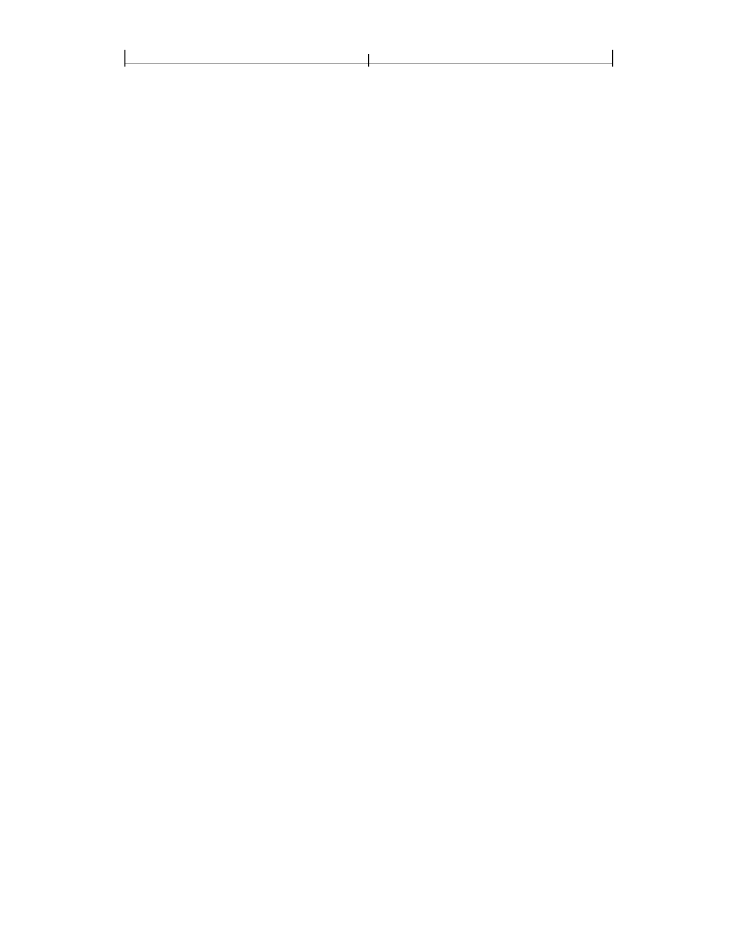
CHAPTER 7
560
Transparency
Similarly, a shading pattern (Section 4.6.3, “Shading Patterns”) composites with
its backdrop as if the shading dictionary were applied with the
sh
operator.
In both cases, the pattern definition is treated as if it were implicitly enclosed in a
non-isolated transparency group: a non-knockout group for tiling patterns, a
knockout group for shading patterns. The definition does
not
inherit the current
values of the graphics state parameters at the time it is evaluated; these take effect
only when the resulting pattern is later used to paint an object. Instead, the
graphics state parameters are initialized as follows:
•
As always for transparency groups, those parameters related to transparency
(blend mode, soft mask, and alpha constant) are initialized to their standard
default values.
•
All other parameters are initialized to their values at the beginning of the con-
tent stream (such as a page or a form XObject) in which the pattern is defined
as a resource. This is the normal behavior for all patterns, in both the opaque
and transparent imaging models.
•
In the case of a shading pattern, the parameter values may be augmented by the
contents of the
ExtGState
entry in the pattern dictionary (see Section 4.6.3,
sh
operator, such as
the current transformation matrix and rendering intent, are used. Parameters
that affect path-painting operators are not used, since the execution of
sh
does
not entail painting a path.
•
If the shading dictionary has a
Background
entry, the pattern’s implicit trans-
parency group is filled with the specified background color before the
sh
oper-
ator is invoked.
When the pattern is later used to paint a graphics object, the color, shape, and
opacity values resulting from the evaluation of the pattern definition are used as
the object’s source color
(C
s
),
object shape
(f
j
),
and object opacity
(q
j
)
in the
transparency compositing formulas. This painting operation is subject to the val-
ues of the graphics state parameters in effect at the time, just as in painting an ob-
ject with a constant color.
Unlike the opaque imaging model, in which the pattern cell of a tiling pattern can
be evaluated once and then replicated indefinitely to fill the painted area, the
effect in the general transparent case is as if the pattern definition were reexecut-
ed independently for each tile, taking into account the color of the backdrop at
each point. However, in the common case in which the pattern consists entirely